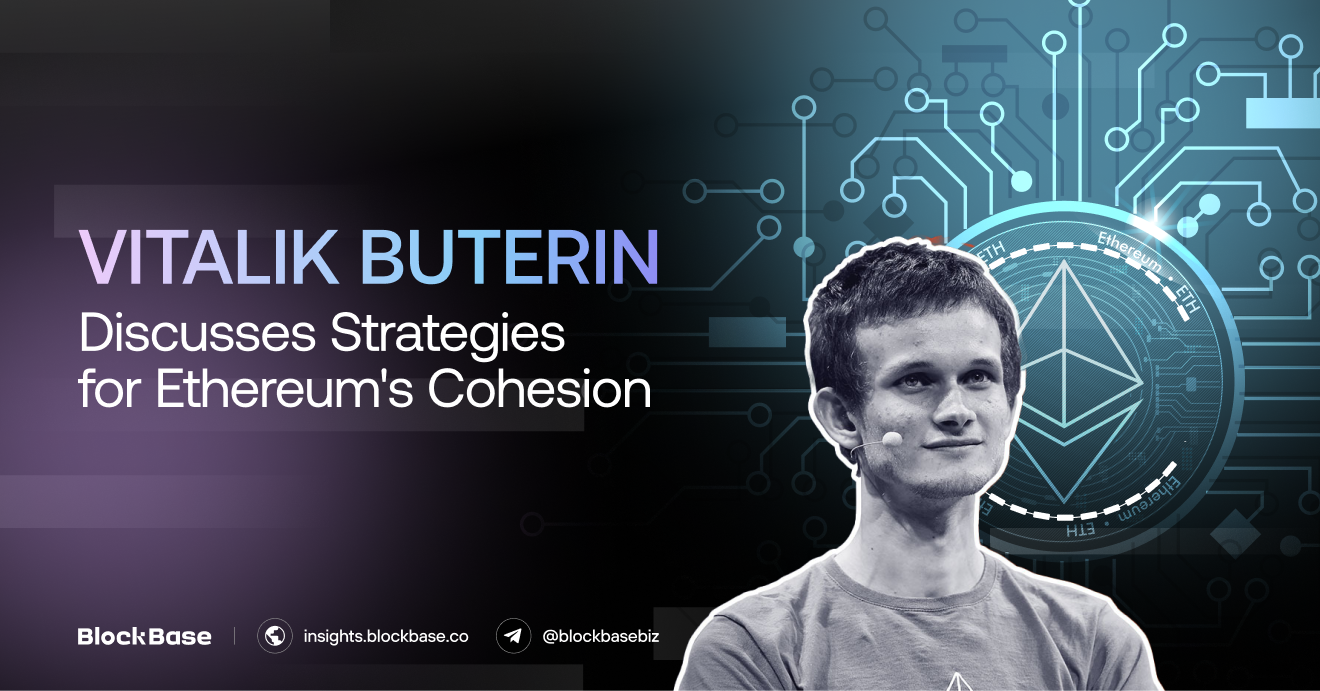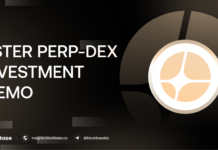1. Understanding Ethereum Alignment: A Path to Cohesion
In a recent article by Vitalik Buterin, a major challenge within the Ethereum ecosystem is discussed: harmonizing decentralization and cooperation. The diversity of client teams, researchers, Layer 2 teams, developers, and community groups is a strength, yet it also risks creating fragmented, incompatible projects. The goal is to ensure these varied initiatives contribute to a unified Ethereum ecosystem rather than disparate entities.
The concept of “Ethereum alignment” has been introduced to address this challenge. This involves aligning values, technology, and economics within the ecosystem. Values alignment emphasizes open source practices, minimizing centralization, and supporting public goods. Technological alignment focuses on adhering to ecosystem-wide standards, while economic alignment encourages the use of ETH as a token. However, the vagueness of these concepts often leads to social layer capture, where alignment is based on personal connections rather than shared goals.
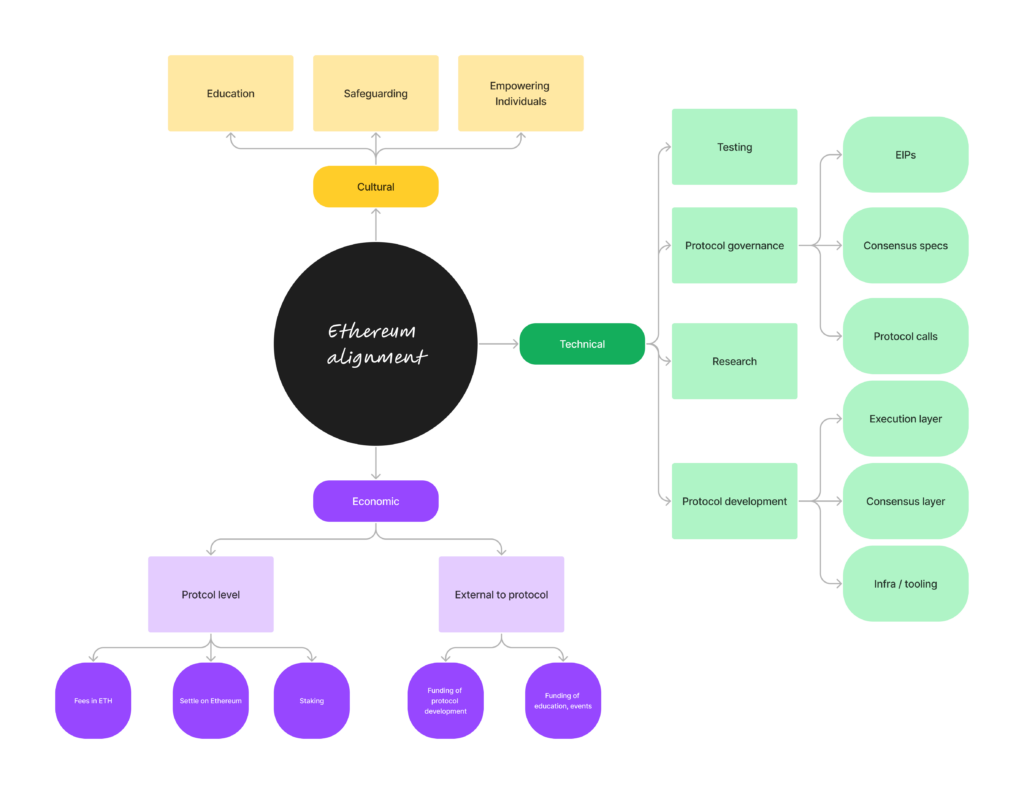
2. Foundational elements to consider
To counter this, alignment should be made more transparent and broken into specific properties with clear metrics.

2.1. Open Source Practices
Open source is crucial for two main reasons. First, it ensures code is inspectable for security. Second, it reduces the risk of proprietary lock-in and enables permissionless third-party improvements. While not every application component must be open source, core infrastructure should adhere to this standard. The Free Software Foundation and Open Source Initiative provide definitions that set the gold standard.
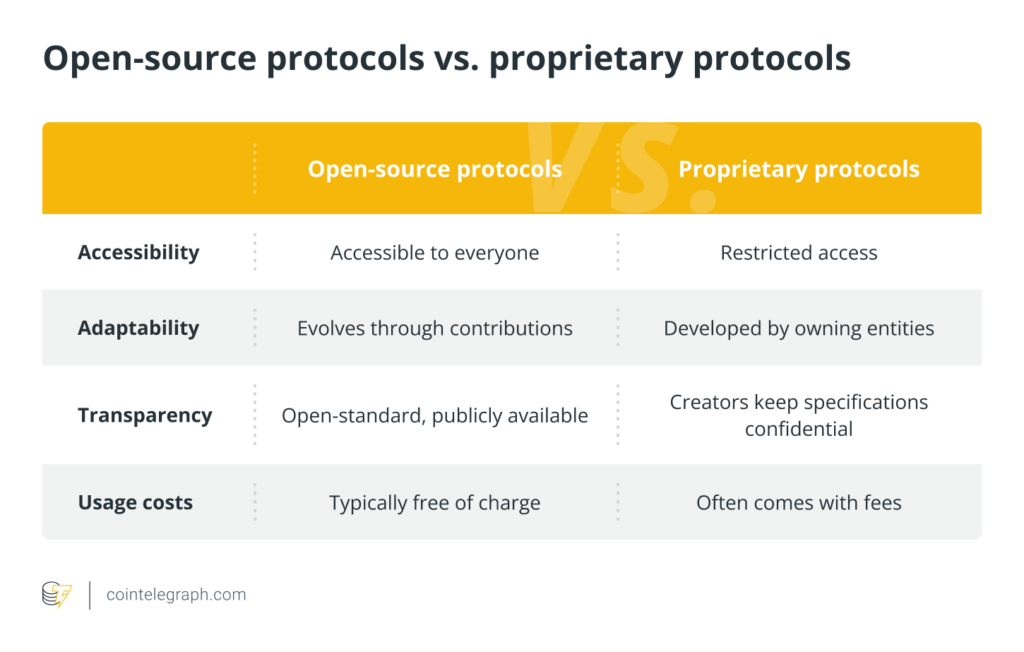
2.2. Adhering to Open Standards
Interoperability within the Ethereum ecosystem relies on building upon existing and developing open standards. For instance, standards like ERC-20 and ERC-1271 are well-established, while others, such as account abstraction and cross-Layer 2 transfers, are still evolving. Projects introducing new features should collaborate to create new ERCs, ensuring compatibility across applications and wallets.
2.3. Decentralization and Security
Reducing trust points, minimizing censorship vulnerabilities, and avoiding centralized dependencies are crucial. Key metrics include the “walkaway test”, assessing if an application remains usable if its team and servers vanish, and the “insider attack test”, evaluating the potential damage if a team turns against the system. The L2beat rollup stages offer a formalization of these principles.
2.4. Positive-Sum Outcomes for Ethereum
Projects should aim to benefit the entire Ethereum community, including ETH holders and users, even if they operate outside the project’s ecosystem. This involves using ETH, supporting open-source technology, and committing a percentage of tokens or revenue to Ethereum-wide public goods.
3. Fostering an Open and Meritocratic Ethereum Ecosystem
Ethereum’s vision is to create a more open and collaborative world by addressing global challenges through projects that deliver sustainable value to a broad audience. This includes promoting financial inclusion, supporting public goods beyond Ethereum, and developing technology with broader utility. As the ecosystem evolves, the metrics for evaluating projects also change, varying by project type, such as Layer 2 solutions or decentralized social media. For instance, while early-stage rollups with “training wheels” were once acceptable, advancing to stage 1 is now a priority. One important metric of positive-sum behavior is the growing trend of donating a percentage of tokens.
To foster a meritocratic and transparent system, Ethereum envisions entities like L2beat tracking how well projects align with community-developed standards. This shifts competition from social connections to clear, measurable criteria, fostering a more fair and merit-based ecosystem. The Ethereum Foundation (EF) should support these efforts while maintaining neutrality, allowing organizations and individuals to prioritize criteria most relevant to their goals. This approach encourages fairness, and transparency, and reduces reliance on social networks for success.
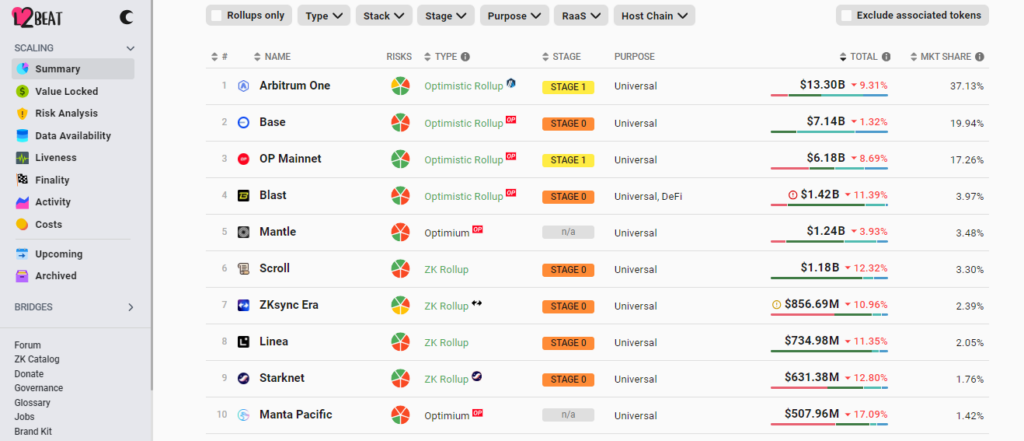
For meritocracy to truly thrive, merit must be clearly defined and measurable. Concerns about oversight are best addressed through mechanisms like separation of powers, rather than depending on influential individuals. Dashboard organizations like L2beat, block explorers, and other ecosystem monitors exemplify this principle by providing transparency and accountability without centralizing power. By making project alignment clearer and distributing oversight, Ethereum can build a decentralized, cooperative, and inclusive ecosystem that reflects its core values of fairness and collaboration.
By making alignment more understandable and distributing oversight, Ethereum can foster an ecosystem that is both effective and inclusive, reflecting its core values of decentralization and cooperation.
The information provided in this article is for reference only and should not be taken as investment advice. All investment decisions should be based on thorough research and personal evaluation.


